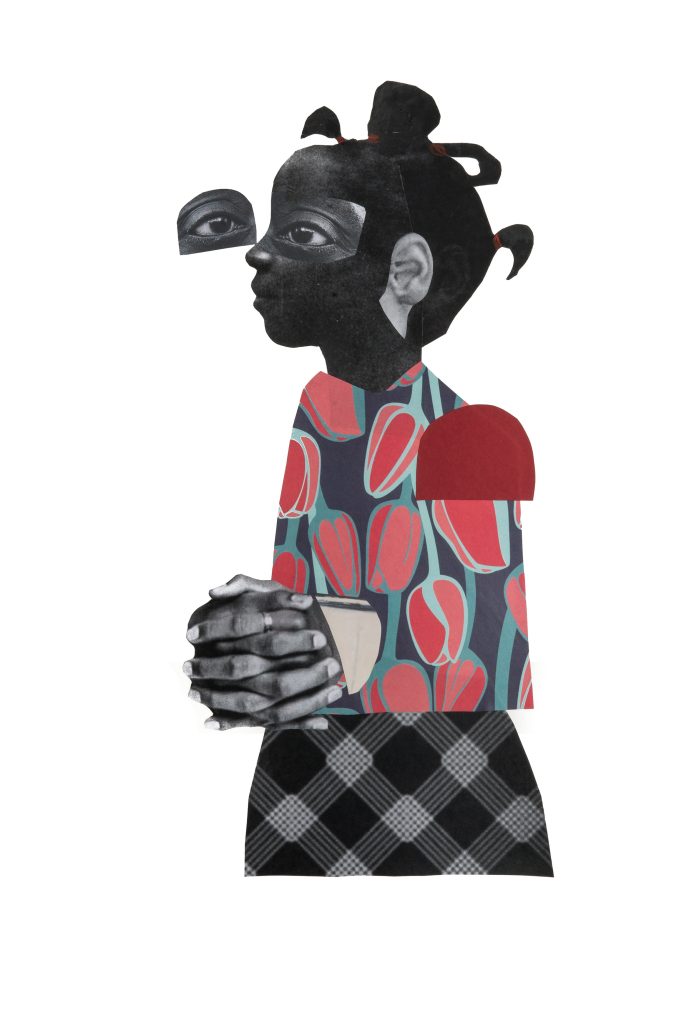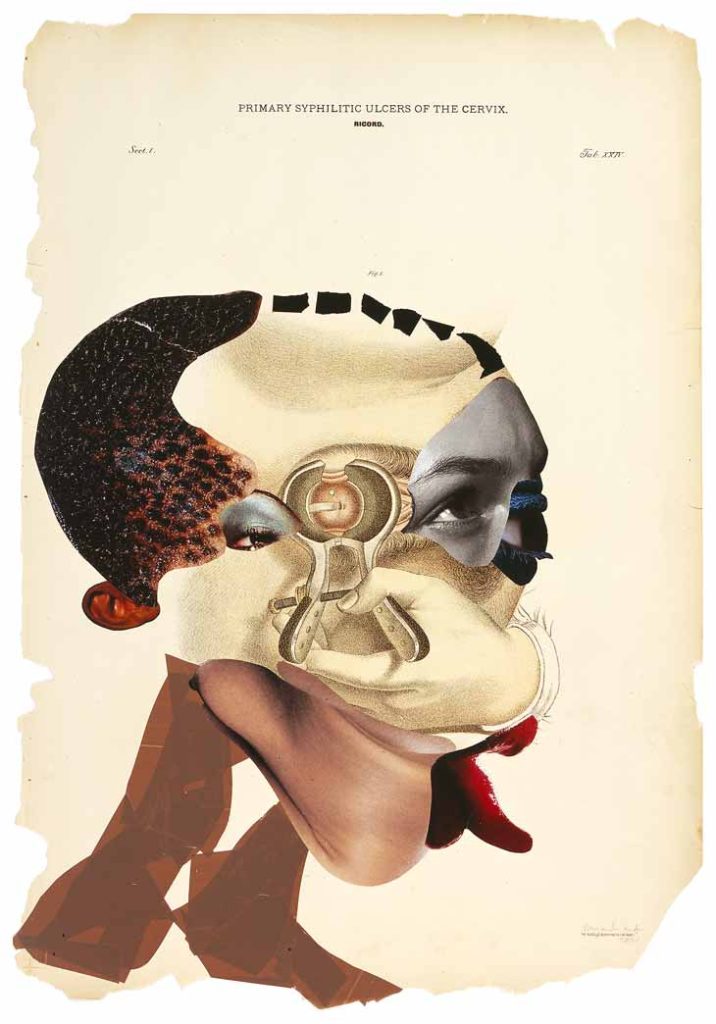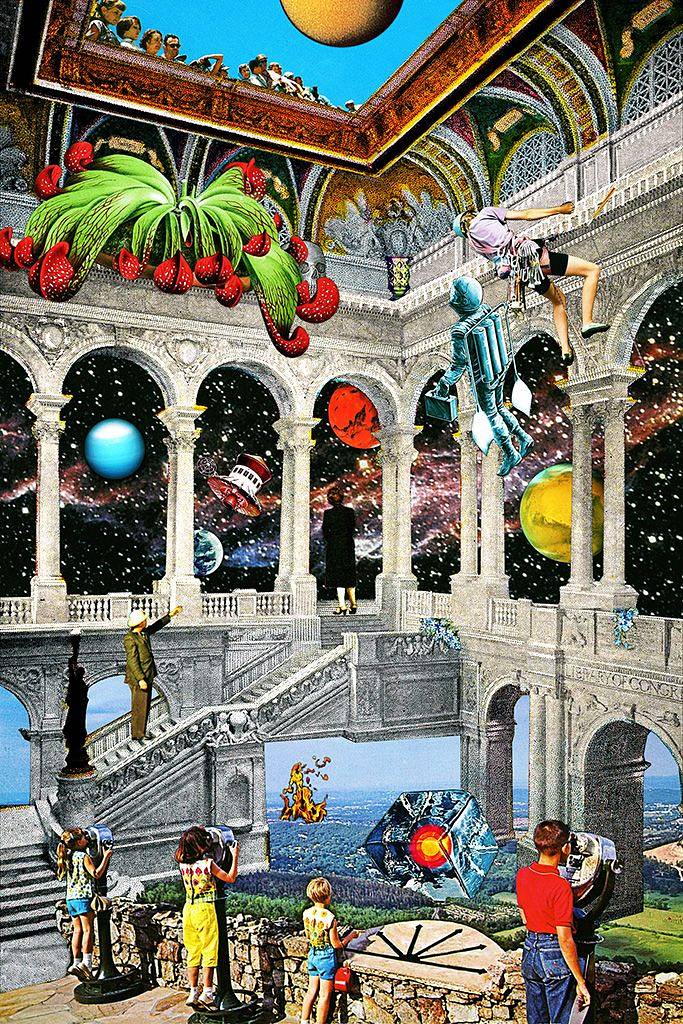Collage is an art technique that combines various materials, such as paper, fabric, and photographs, to create a new composition. The word “collage” comes from the French “coller,” meaning “to glue.” The art of collage has its roots in antiquity, with early forms appearing in China during the Song Dynasty, where artists used cut paper for decoration. However, collage as we know it today developed in the 20th century.
Pablo Picasso and Georges Braque were pioneers in the development of collage during the Cubist period in the early 20th century. The two artists used newspaper clippings, wallpaper, and other materials to create works that challenged traditional ideas of art. Through collage, they introduced the idea that art does not have to represent reality but can combine various elements to create new meanings.
The technique of collage took on new dimensions through the movements of Dadaism and Surrealism. Dadaists, such as Hans Arp and Kurt Schwitters, used collage to challenge established values in art and society. Surrealists, on the other hand, used collage to explore the subconscious and dreams, creating images that appealed to deeper psychological states.
In the contemporary era, collage has become a global artistic language. Artists such as Robert Rauschenberg and Richard Hamilton contributed to the evolution of collage by incorporating a variety of materials and techniques into their work. Collage continues to evolve, influenced by and influencing new media and digital art. Artists such as Kara Walker, Wangechi Mutu, Deborah Roberts, Eugenia Loli, and Natalia Kazirelova create powerful collage works. Their pieces stand out for their use of traditional and digital media, creating striking compositions that explore themes such as identity, society, and politics.

Kara Walker
Kara Walker is an influential contemporary artist known for her collages that explore themes such as race, identity, and history. Using her distinctive silhouette and cut-paper technique, Walker creates provocative compositions that comment on social inequalities and racism. Her works incorporate elements of narrative art, challenging viewers to examine societal prejudices and stereotypes.
Deborah Roberts
Deborah Roberts is a renowned artist known for her collages that explore identity, gender, and racial inequality. Using imagery from various sources, she creates complex compositions that challenge traditional representations of beauty and power. Her work primarily focuses on Black girls and their struggle for acceptance in a society that imposes stereotypes. Through her art, she compels viewers to confront and reconsider their own biases.


Wangechi Mutu
Wangechi Mutu is a distinguished contemporary artist who combines elements of collage, painting, and sculpture to explore themes such as identity, gender, and cultural difference. Using a wide range of materials, she creates intricate compositions inspired by her African heritage and a futuristic aesthetic. Mutu’s works challenge traditional representations of women and delve into the human experience on a global scale.
Xavier Casalta
Eugenia Loli is a contemporary Greek artist known for her surreal collages that blend vintage imagery with futuristic elements. Her works explore themes such as dreams, the subconscious, and the human experience. With humor and irony, Loli creates compositions that challenge viewers to reconsider reality and social norms, crafting a unique world where the fantastical coexists with the familiar.







